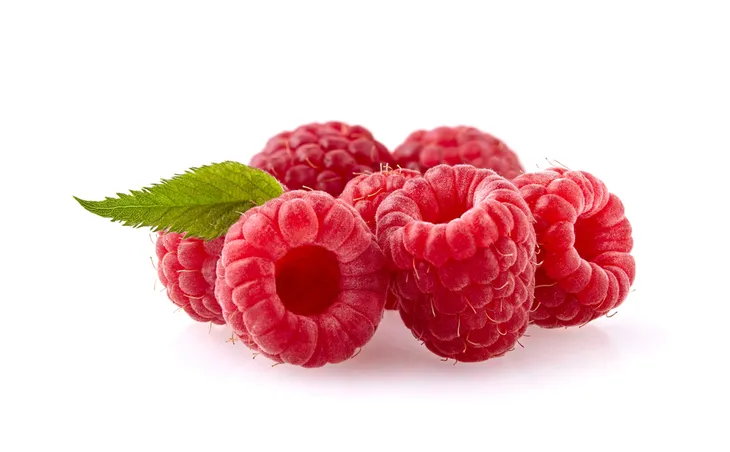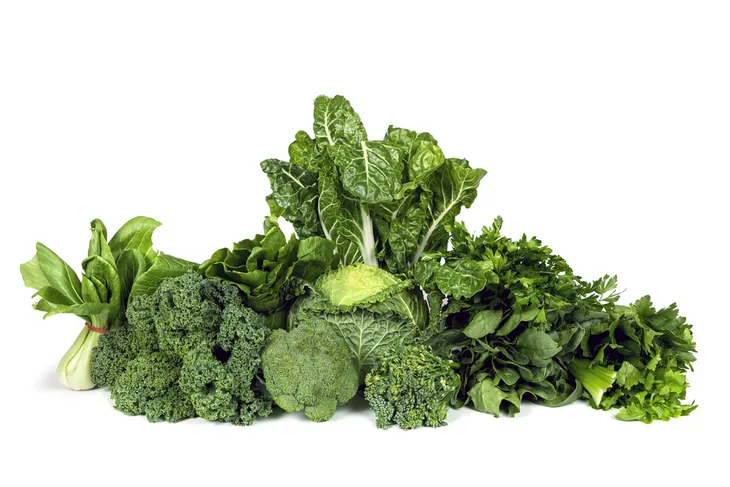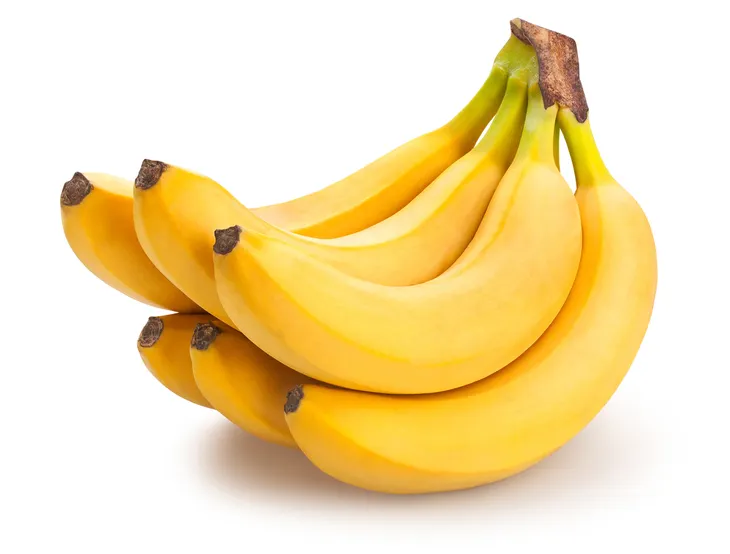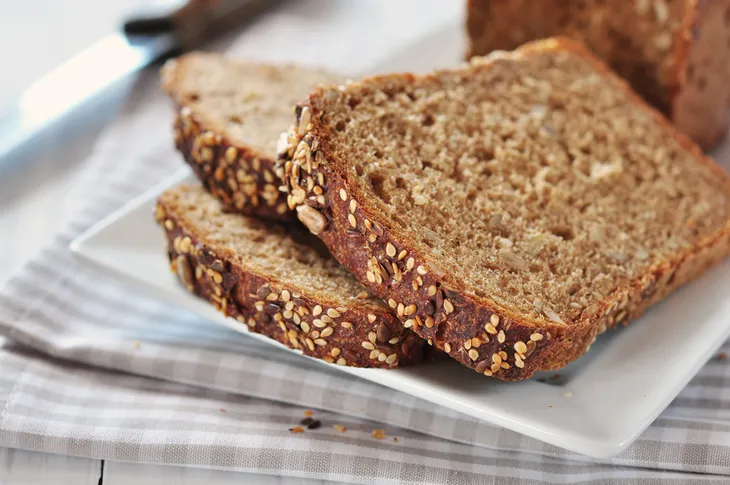With the rising cost of, well everything, who can afford to waste money on foods that spoil too quickly. I admit, there are certain foods I shy away from buying (i.e., raspberries) because they tend to spoil faster than I can eat them.
However, according to food experts there are a few tried and true ways to slow down the spoliation process on a few of our favorite foods…
Avocados
Sure, I can whip through an entire bag of avocados if I make guacamole for girl’s night, but sometimes I like to ration creamy slices of this piece of produce for my morning toast or sandwich. So how can I possibly prevent the remaining avocado half from turning that gross brown color in a matter of hours?
According to Kathleen Riggs, food preservation and food safety expert at Utah State University’s Iron County Extension, slicing into and exposing your avocado to oxygen is what makes it turn brown (i.e., like a banana). However, you can reduce brown spots by rubbing the exposed avocado inner flesh with a thin layer of olive oil to create an oxygen barricade. Then place your remaining half in a sealed bag or container in the fridge.
Raspberries
I mentioned my resistance to buy raspberries just for the fact that the entire clamshell container often turns to mush and mouldy the very next day. Fresh berries are pretty pricy so you can understand why I’m hesitant to shill out for a pint only to have them go to mush faster than I can possibly gobble them down.
According to the blog Momables.com, the best thing you can do for fresh red berries is remove them from their clamshell container and do your best to remove the moisture before it becomes trapped and ruins the entire lot. Remove any mould-ridden berries immediately and store them in a container that allows for air circulation. Don’t attempt to wash or rinse your berries until right before you’re ready to eat them as water can get trapped in the hollow centers and create a breeding ground for mould.
Ice Cream and Fro-Yo
Having a pint of your favorite Ben and Jerry’s or Häagen-Dazs ice cream or fro-yo on hand in the freezer is a godsend if you’re having last minute dinner guests, kid’s friends over for a study session, or if you just need a bowl after an awful day at work (hey, I hear ya!). However, what you don’t want forming on your icy treat is a gross layer of thick frost that you have to chip through to get to the good stuff.
This “freezer burn” is just ice crystals that develop due to trapped moisture, but it can be unappetizing for you and guests. So protect your frozen dessert after it’s first use by placing a thin piece of wax paper (or plastic wrap) over the scooped surface before you put the lid back on. The paper will create a protective moisture barrier so freezer burn can’t form on the surface.
Leafy Greens
I buy a lot of bagged greens—arugula, baby spinach, spring mix—for everything from salads to smoothies. But what all leafy greens have in common is that they tend to accumulate moisture and get slimy the very moment you buy them. This is due to air that becomes trapped in the plastic bag or clamshell container your greens come pre-packaged in.
To promote air circulation (and prevent spoiling) remove your greens from their packaging and roll them in layers using paper towels. This will keep them as dry as possible while allowing air to circulate. Store them in a container with vented holes.
Bananas
My banana intake doesn’t typically exceed one daily. However, my banana consumption doesn’t seem to match the rate at which the fruits start to develop brown spots and go mushy. I really don’t like mushy bananas, not many people do unless they make a lot of banana bread.
The website, Instructables.com, points out that the main culprit of brown bananas is ethylene gas, which is emitted via the stems, causing them to ripen much more quickly. The source recommends separating the bananas then wrapping the stems in plastic wrap to prevent the brown-spot-spoiling gas emissions.
Bread
Nothing quite beats the taste (and smell) of a freshly baked loaf of bread. However, cut a slice from your favorite whole grain, sourdough, rye, or French loaf and soon you’ll see the telltale spots of mould spores, which spread super quick through soft foods. This is usually thanks to moisture development in the bread’s bag. Sadly, this USA Today article explains that “The appearance of mould on bread usually means that the entire loaf is moldy…and it’s best to throw out the entire loaf.”
Chances are if your loaf contains milk, it will spoil much faster if you store it in warm or room temperature surroundings (i.e., kitchen counter or bread box). Sure you can slice off the mould and munch away, but to preserve the integrity of your bread for longer, try what my mother used to do: wrap the remaining loaf in tin foil, seal it in a plastic bag and freeze it for later (thaw and toast as you need it).









